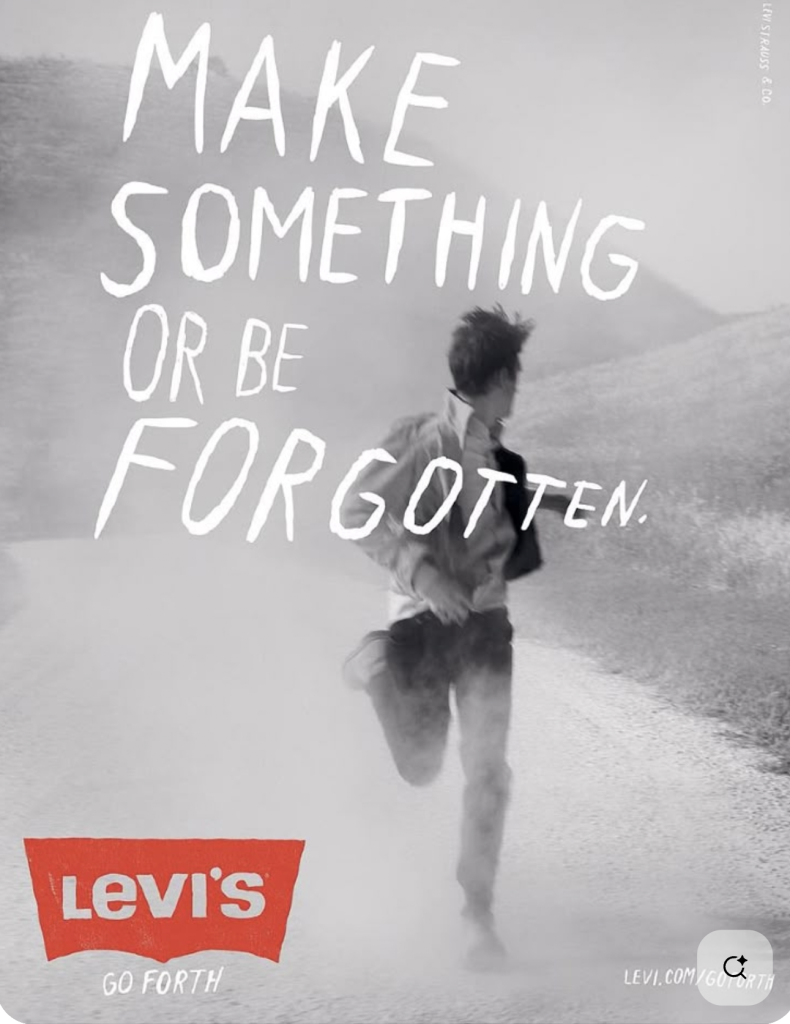Paid media is an important part of digital marketing that helps brands reach their audience at the right time. Recently, while scrolling on Pinterest, I found a simple but effective paid ad that inspired me to look at how ads work across different platforms. In this blog, I will describe the Pinterest ad and share examples of search, social, and Instagram Story paid ads. I will explain their objectives, target audiences, and where they fit in the customer journey. All ads align with the landing page I created in Task 1, promoting a fashion and lifestyle personal brand.
The Pinterest ad stands out with its clean design: a white background and bold black text that grabs attention immediately. The message is simple, clear, and easy to read, even when users scroll fast. The large white space gives it a modern, professional feel. This minimal design works well on Pinterest, where users look for inspiration. It helps build brand awareness by delivering a clear, memorable message.
Search paid ads aim to reach users actively looking for content. For example, a Google search ad with the headline “Top Fashion Content Creator in Dublin Latest Trends & Tips” targets people interested in fashion. It encourages them to visit the landing page and subscribe to updates. This ad targets users in the consideration stage, people who know what they want and are deciding whom to trust.
Social paid ads focus on creating awareness and gaining followers. An Instagram sponsored post featuring a stylish photo of the content creator with text like “Unlock Your Style Potential – Follow Tetiana’s Fashion Journey” targets young adults interested in fashion and lifestyle. It invites them to click and learn more. This ad is for users in the awareness stage, introducing the brand to new audiences.
Instagram Story ads are short, immersive, and appear between stories. A 15-second Story ad might show quick clips of fashion looks with a “Swipe Up to Discover More” call to action. This format captures attention fast and encourages immediate action. Story ads target users in the engagement stage, who already know the brand and want to explore more.

All ads work well with the landing page, highlighting the creator’s style and expertise. Clear calls to action help visitors subscribe or follow, making the journey smooth. The Pinterest ad’s clean look supports this by reinforcing brand clarity. In conclusion, using search, social, and Story paid ads together covers different stages of the customer journey. Search ads reach users ready to engage, social ads build awareness, and Story ads invite quick interaction. The Pinterest ad shows how simple design and clear messaging stand out. These strategies help build a loyal audience and grow the personal brand.
